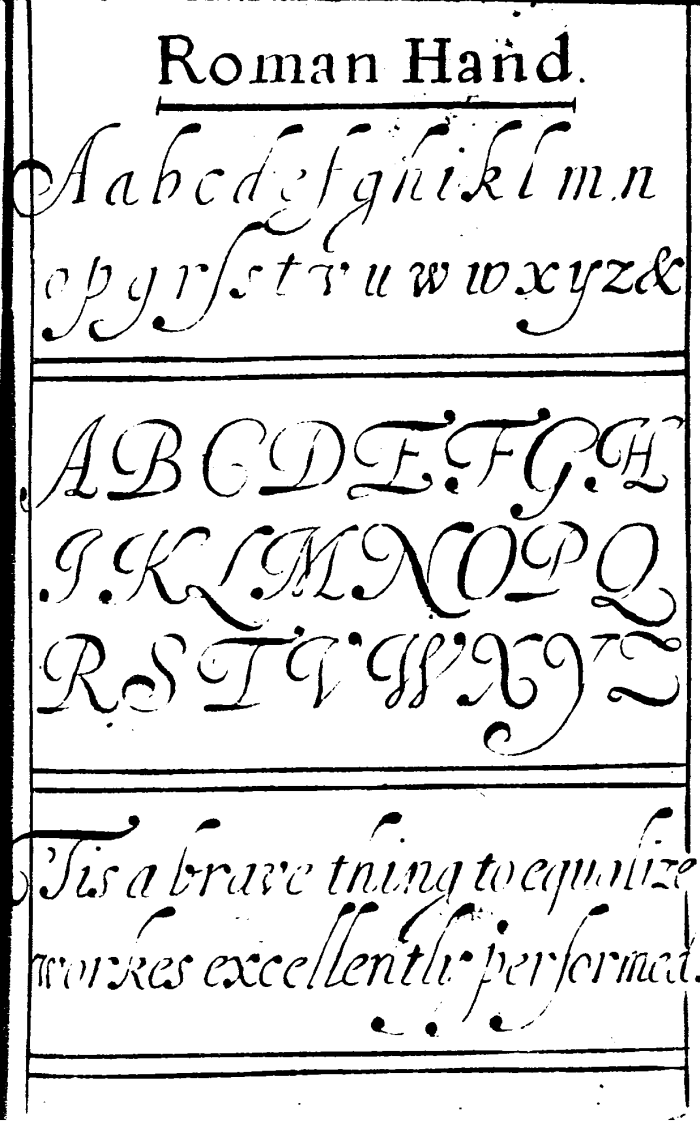Recently I happened upon this interesting piece of literature:

Apparently King James I was not fond of smoking. He did like holy hand grenades, however.

King James’ attack on tobacco was originally published in 1604, but in 1672 John Hancock republished it along with the testimonies of a few doctors regarding the health risks of smoking. It’s one of the causes of scurvy, they argued. Near the conclusion of this double broad-side, Hancock addressed those who would persist in smoking, in spite of the warnings. He said,

What are the words which he would have smokers to meditate upon?

When I saw this, I was instantly confused. I was reading “Smoking Spiritualized” by Ralph Erskine, but in a different version. Most notably, it was contained in a work against smoking. And upon a quick wikipedia check, Erskine wasn’t even born until 1685. So who wrote this poem? And when? Why was it attributed to Ralph Erskine? And what explains the changes? And who drinks tobacco!? It took some searching around, but what I found was pretty interesting.
You can see above, that George Withers is mentioned at the end of the poem. Looking around yielded a tentative conclusion that Withers was the original author. Consider the following:

Notice in the above reference that Withers’ poem, which is older than the version in Hancock’s piece, contains a different beginning than the one printed by Hancock. The first stanza, or first two strophes, of Wither’s poem praises smoking despite its unpopularity. Withers’ authorship is corroborated in another source:

After much digging, I was able to find it in 1654

This then raises the question, did John Hancock change the first part of the poem? It would appear not because Hancock’s work is from 1672 but an alternate version with these changes appears in 1670:

I don’t know who made the changes, but they have stayed with the poem at least into and through Erskine’s adaptation of it. Erskine added the second half of the poem.
The use of the word “drink” in relation to tobacco is explained here:

What’s quite interesting is that while I could not find Withers’ name attached to older copies of the poem because they appear in collections of poems, he did publish a poem of his own that is very similar in a variety of respects, especially thematic content and diction. Wither’s meditation upon smoking comes from his time spent in prison, which he refers to by saying that he spent his time counting windowpanes or counting steps. Smoking and thinking were a welcome diversion from this monotonous idleness.

So, it would seem that Withers spiritualized smoking while in prison. And the result of his work grew in popularity, shifted in form at some point (which I don’t know how or when or by whom the change was made), and eventually was immortalized by Erskine. As far as I can tell, the second part of the poem is original to Erskine, and his version is found below. After learning of the meaning of the word “drink” in relation to pipe smoking, I think I would prefer to see it retained. It does rhyme internally quite nicely with “think.” But Erskine’s version is impeccable.


But that’s not the end of the tale! In 1857 it was republished in “The Guardian,” and once again turned against smoking! The editor reprinted Erskine’s work and added a third verse:

The editor. Rev. H. Harbaugh also stated:

So from Withers to Hancock to Erskine to Harbaugh the poem was spiritualized, de-spiritualized, re-spiritualized, only to be re-de-spiritualized. This means of course that a new poet needs to re-re-spiritualize the poem by adding a fourth stanza.
Thus think, and drink tobacco.





























